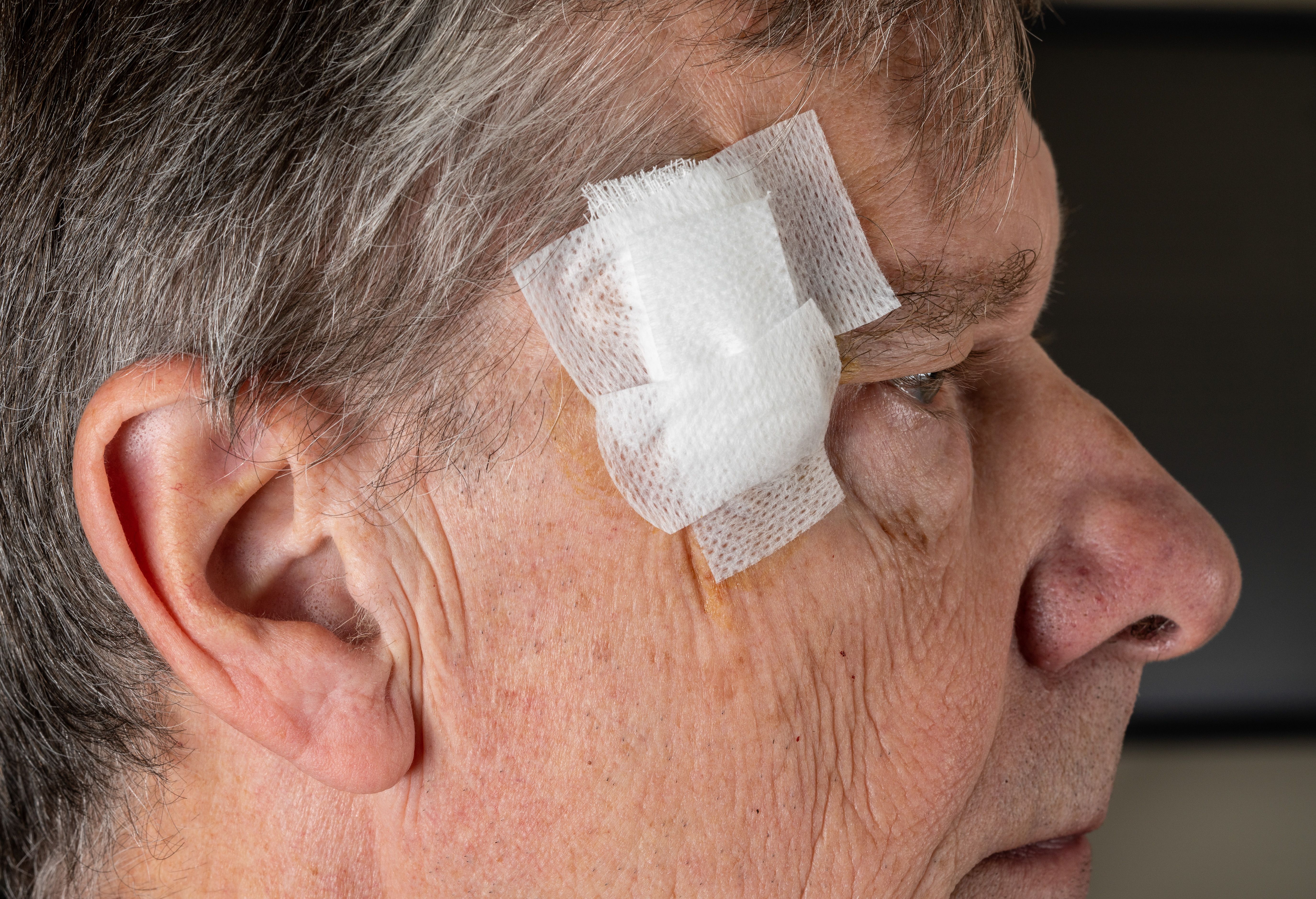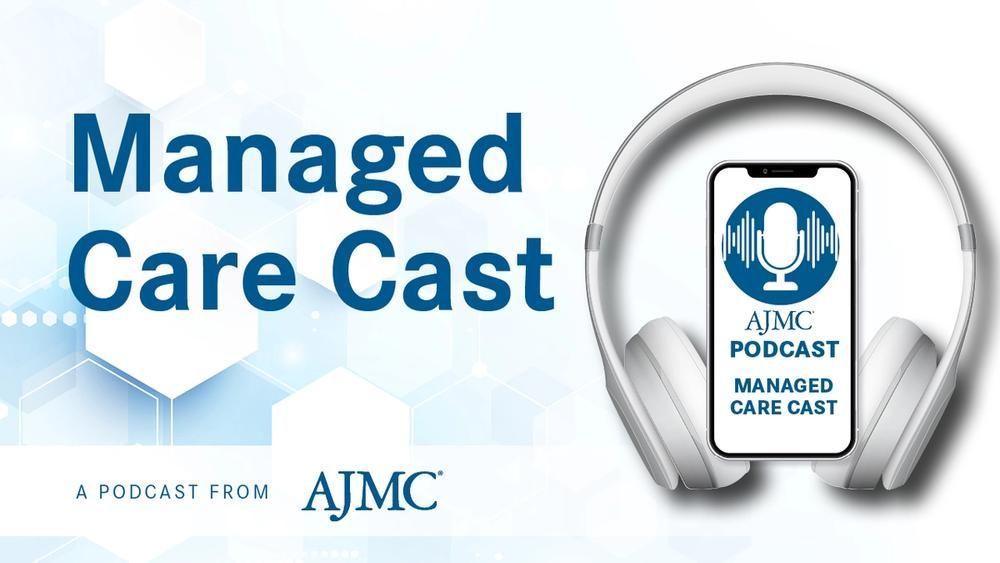News
Article
Keratinocyte Skin Cancer Surgery Considered Safe, Effective in Older Patients
Author(s):
Key Takeaways
- Surgery for KC in patients over 80 is safe and effective, with a low complication rate of 4.6%.
- Most tumors were basal and squamous cell carcinoma, with surgeries primarily outpatient.
A single-center study suggests the surgery is safe and effective even when tumors are large or located in high-risk areas.
Surgery for keratinocyte skin cancer (KC) was shown to be safe and effective for patients over 80 years old, even when tumors are large or located in high-risk areas, according to a single-center study published in the Journal of Dermatological Treatment.1
Most of the tumors removed were basal and squamous cell carcinoma. | Image credit: steheap – stock.adobe.com

Conducted at the University Hospital of Zurich, the retrospective study examined outcomes in 345 patients with KC who underwent surgical removal of 565 total tumors in 2022. Nearly two-thirds of patients had 1 tumor removed, while the remaining third had 2 to 8 tumors removed. Despite the advanced age and comorbidities of the study population, the overall complication rate was low at 4.6%, with most issues being minor and requiring no additional intervention.
Most tumors removed were basal and squamous cell carcinoma, and about a quarter were considered large, defined as larger than 2 cm in diameter. Additionally, most surgeries were performed on an outpatient basis, with only 13.3% of patients requiring inpatient care.
“Our study demonstrates that patients, their families, and physicians need not avoid or fear surgical removal, even for larger KC of several centimeters in diameter,” the authors said. “Dermatologic surgery, when tailored to the geriatric population, is relatively safe and effective with a low rate of postoperative complications.”
In this study, postoperative complications included infection, wound dehiscence, hematoma, hemorrhage, and necrosis.2 While surgery was generally well tolerated, certain factors were associated with a higher risk of these complications.1
Patients using novel oral anticoagulants (NOACs) or blood thinners, those with tumors on the lower extremities, and those with surgical specimen sizes larger than 2 cm2 were more likely to experience wound healing issues. Flap repairs—often used for reconstruction in delicate areas—were also linked to a slightly increased risk of complications. However, even among patients who experienced issues, the vast majority did not require additional procedures. The most common complication, wound dehiscence, accounted for 58% of all complications and typically resolved without intervention.
The study also highlighted the importance of managing anticoagulation therapy before surgery. Although NOACs were discontinued 24 hours before procedures, they still emerged as a risk factor for complications.
“This highlights the critical importance of perioperative anticoagulation management and underscores the need for further research on this topic,” the authors emphasized, especially as elderly patients are more likely to be on multiple medications.
As life expectancy increases, KC is becoming more common among older patients, and treatment decisions must balance surgical risks with the potential for tumor progression. According to the authors, these results align with previous research showing that timely surgical intervention remains the most effective approach for managing KC.
The authors also noted that this study's retrospective design introduces potential recall bias, though efforts were made to minimize this by supplementing patient records with serial photographs and standardized assessment tools. Additionally, some patients received postoperative care at home, which may have influenced follow-up data, and the relatively small sample size within a single hospital in Switzerland limits the ability to generalize findings to the broader population. According to the authors, incorporating larger patient cohorts over extended periods and adopting a prospective approach with help better understand these findings.
References
- Fontana LD, Richter C, Lang R, Greis C, Hafner J. Effective and safe surgery for keratinocyte skin cancer in the elderly over 80 years of age: a single-institution retrospective study of 345 patients over one year. J Dermatolog Treat. 2025;36(1):2461650. doi:10.1080/09546634.2025.2461650
- Cook JL, Perone JB. A prospective evaluation of the incidence of complications associated with Mohs micrographic surgery. Arch Dermatol. 2003;139(2):143-152. doi:10.1001/archderm.139.2.143




